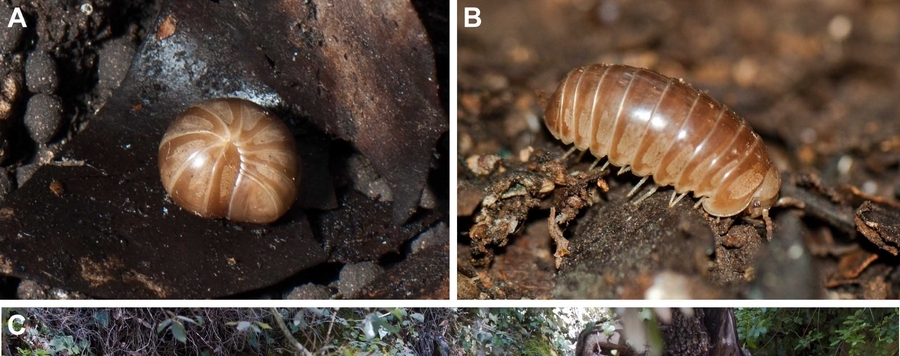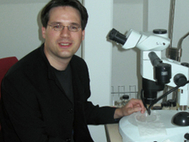
Steps towards a phylogeny of the pill millipedes
Eupeyerimhoffia archimedis (Strasser, 1965) is redescribed based on several specimens collected at a number of sites close to the type locality on Sicily, Italy. Scanning electron microscopy is used to illustrate several unusual morphological characters for a member of the Glomerida for the first time. A fragment of the mitochondrial COI gene (668bp) is sequenced for the first time in Eupeyerimhoffia to provide a speciesspecific barcode and to gain first insights into the genetic distances between the genera in the widespread family Protoglomeridae. The novel sequences are compared to representatives of all other genera of the family: Protoglomeris vasconica (Brölemann, 1897) from northern Spain, the dwarfed Glomerellina laurae Silvestri, 1908 from Italy and Glomeroides primus (Silvestri, 1929) from western North America. The addition of COI sequences from the two other families of the Glomerida renders the family Protoglomeridae paraphyletic with Glomeroides primus being more closely related to Glomeridella minima (Latzel, 1884) than to the other genera in the family. The large genetic distances (13.2–16.8%) between Eupeyerimhoffia and the other genera in the order, as well as its unusual morphological characters, including unique morphological adaptations to roll into a ball, are probably an indication of the old age of the group.






